FORT BENNING, Ga. - Seven Operation Just Cause veterans joined hundreds of students from the U.S. Army Airborne School in Thursday's jump to commemorate the 20th anniversary of the operation, including the Armor School's top NCO, CSM John Troxell.
"It was the first and only time I've ever jumped into a combat zone," he said.
Troxell was a tank commander with C Company, 3rd Battalion, 73rd Armor Regiment (Airborne) assigned to the 82nd Airborne Division's 1st Brigade, when the unit made Armor history by parachuting Sheridan tanks and their crews into Panama. Operation Just Cause is the reason Troxell made the Army a career, he said.
"I went from 'proud to be in the Army' to 'I don't want to do anything else,'" he said. "We fought like we trained.
"On the flight down, you've got mortar base plates digging in one leg and a dragon missile jump pack digging in the other because we're all packed in there like sardines," Troxell said. "The minute the doors opened up, instinct took over, training took over and we executed."
Operation Just Cause was a well planned, "truly joint, surgical strike," said Dave Stieghan, Infantry and Fort Benning historian, to capture the Panamanian dictator Manuel Noriega.
President George H.W. Bush cited four reasons for the invasion - to protect American citizens living in Panama, defend democracy and human rights in Panama, combat the drug trafficking and protect the Panama Canal treaties, which transferred the canal to Panamanian control in 2000.
It was the first operation after the Goldwater-Nichols Act to get all the services working together and the first time the military used the special operations forces - Rangers, SEALs and Delta Force - as a single instrument, the historian said.
CSM(R) Doug Greenway was a platoon sergeant with 2nd Battalion, 75th Ranger Regiment, who had just returned to Fort Lewis, Wash., from a three-week training exercise, which, unknown to them, was a rehearsal for the invasion.
"Within 24 hours of returning, we received orders to redeploy via Benning to Panama. Luckily all of our stuff was still somewhat configured," Greenway said. "We had eight hours for coordination and synchronization.
"Crossing over the beaches into Rio Hata, we sounded off with the Ranger Creed and we were out the doors just after midnight - filling the skies with paratrooper silk at 500 feet."
The Air Force had more than 300 aircraft in the air during the invasion. The coordination of those assets on multiple targets was an immense task - huge, said Greenway, the former U.S. Army Infantry School command sergeant major.
Attack C-130s were overhead the whole time and the 105 mm howitzers and 40 and 20 mm cannons were the best Air Force asset, causing less collateral damage, Greenway said.
"Overall the mission went as we'd planned and trained for," said Troxell, a staff sergeant when he landed at the Torrijos-Tocumen International Airport Dec. 20, 1989.
"When we hit the ground and moved out and took our objectives, there were some bumps and bruises but it was exactly how I thought it would be."
The paratrooper spirit came out in that operation, said Troxell, who jumped Thursday with a recent Airborne graduate, SGT Brian Bingham, assigned to HHC, U.S. Armor Center.
"I brought him here because I wanted him to be part of the 20th anniversary jump so 20 years from now, when he's a command sergeant major, he can say 'I jumped with those old, crusty (Soldiers who) 40 years ago made the jump into Operation Just Cause.' He's carrying the Airborne Armor legacy forward for me."
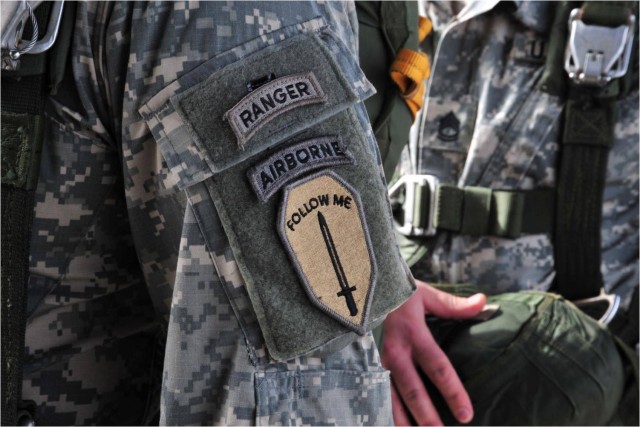
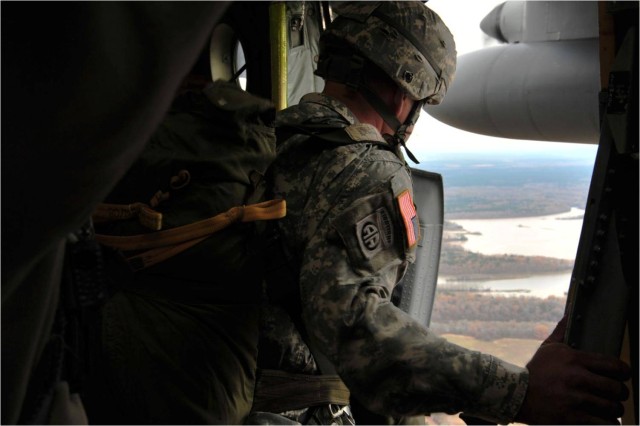
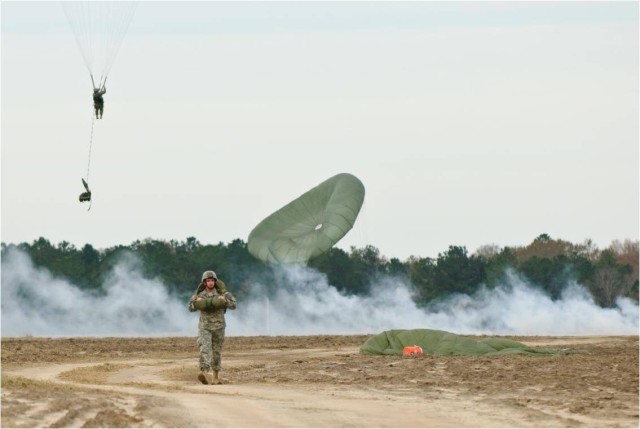

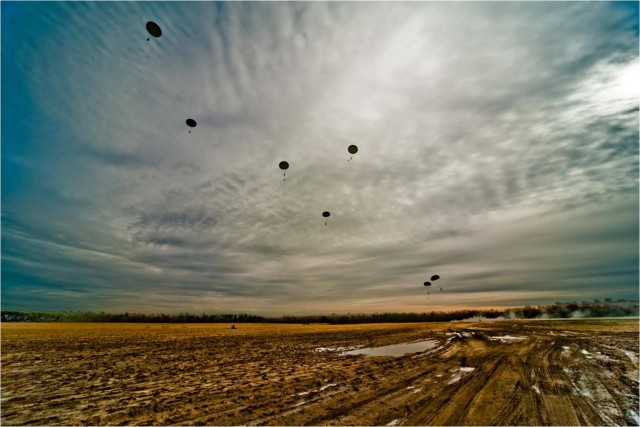






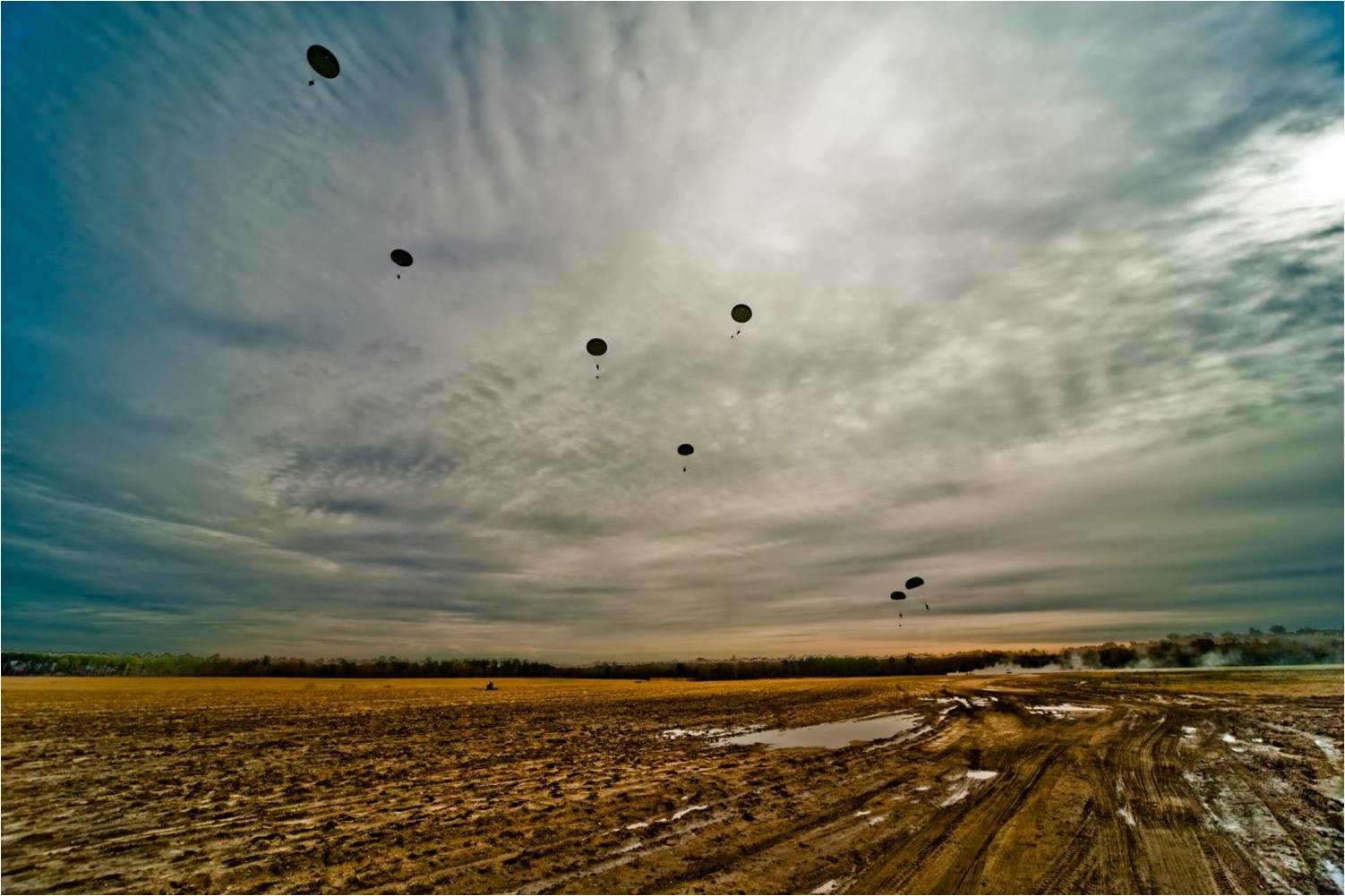

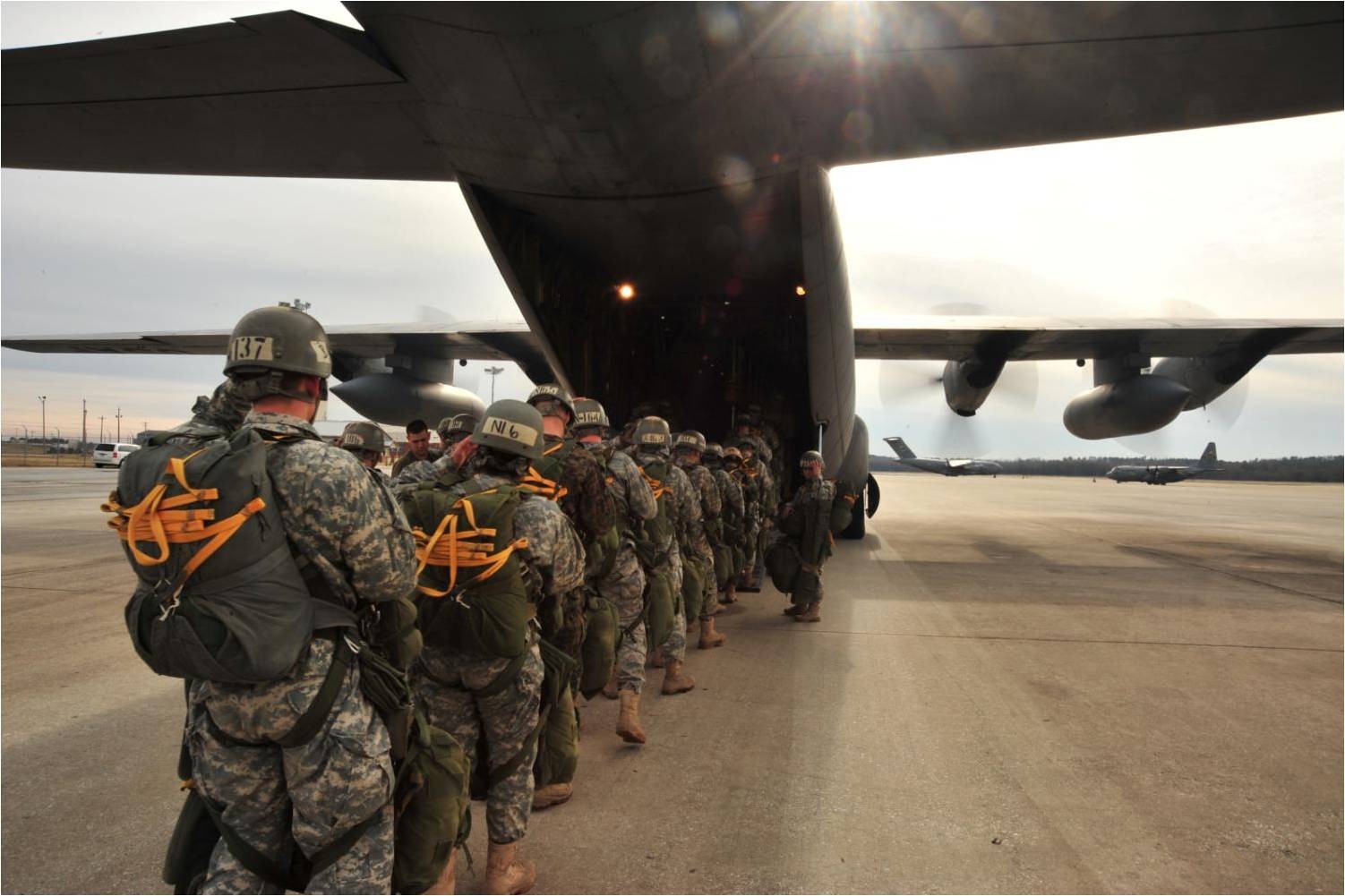
Social Sharing